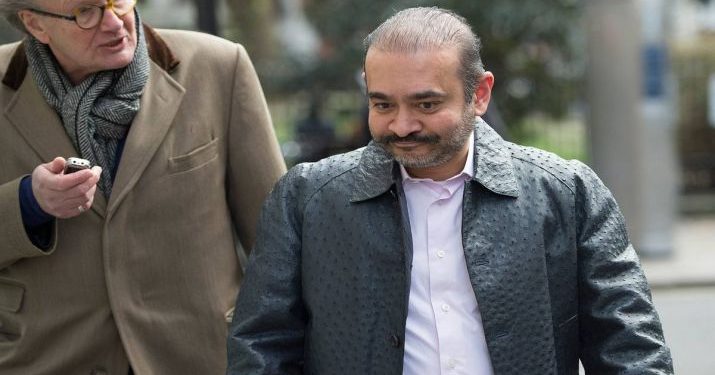London: The Indian government Wednesday submitted further documents as “corroboratory evidence” in its case of fraud and money laundering against fugitive diamond merchant Nirav Modi, who is contesting his extradition to India at an ongoing hearing in Westminster Magistrates’ Court in London.
District Judge Samuel Goozee expressed his concern at the late submission of the documents, said to include largely bank statements relating to the diamond merchant’s companies, but has agreed to consider the application for their submission.
“I am going to need a very good explanation as to why these were not identified as evidence before,” he said.
The Crown Prosecution Service (CPS), arguing in court on behalf of the Indian authorities, said while it was not necessary for the judge to see the new evidence, the documents “help clarify matters” and “back up what is already said” on the charge against Modi of defrauding Punjab National Bank (PNB) by deceitfully obtaining letters of undertaking (LoUs), or bank guarantees, and then laundering the proceeds through a complex set of worldwide transactions using dummy companies.
But Modi’s defence team has raised objections to the late submission as a “very troubling” and “highly contentious” move.
“Our case seems to have become a stress test for the government of India and for them to provide random pieces of evidence,” said Modi’s barrister Clare Montgomery.
The third day of the five-day extradition trial, being held in a partly remote setting, was disrupted a few times as the link to the court’s common viewing platform (CVP) faced some technical issues.
It was finally stabilised for two defence witnesses to give their evidence via videolink — Thierry Fritsch, a high-end French jewellery expert, and Justice Abhay Thipsay from India.
Fritsch, who had served on the Advisory Board of Nirav Modi’s company for three years since 2015, vouched for Modi’s “integrity” and skills as a great entrepreneur and a creative person, who was passionate about establishing the first international brand of luxury jewellery out of India.
“I was totally impressed with the craftsmanship at the workshop (in India). It was the best quality I could see anywhere in the world,” he said.
While his evidence was countered by the CPS as Fritsch being involved with only one aspect of the Nirav Modi brand, Justice Thipsay’s witness statement on the legal nuances under Indian law around the inadmissibility of the some of the police statements as well as the definition of deception under Indian law was also challenged.
The 49-year-old jeweller has been following the court proceedings via videolink from a room at Wandsworth Prison in south-west London, where he has been lodged since his arrest in March last year.
Dressed in formals, he can be seen listening carefully and occasionally making notes as he refers to papers on a desk. Modi has made repeated attempts at bail over the past year, each of which were turned down as he is deemed a flight risk.
The jeweller was arrested March 19, 2019, on an extradition warrant executed by Scotland Yard and will be the subject of a second hearing in September when the two additional charges of “causing the disappearance of evidence” and intimidating witnesses or “criminal intimidation to cause death” are to be heard.
The judge has said that both the cases are “inextricably linked” and therefore the judgment will be handed down only at the end of both hearings.
PTI






































